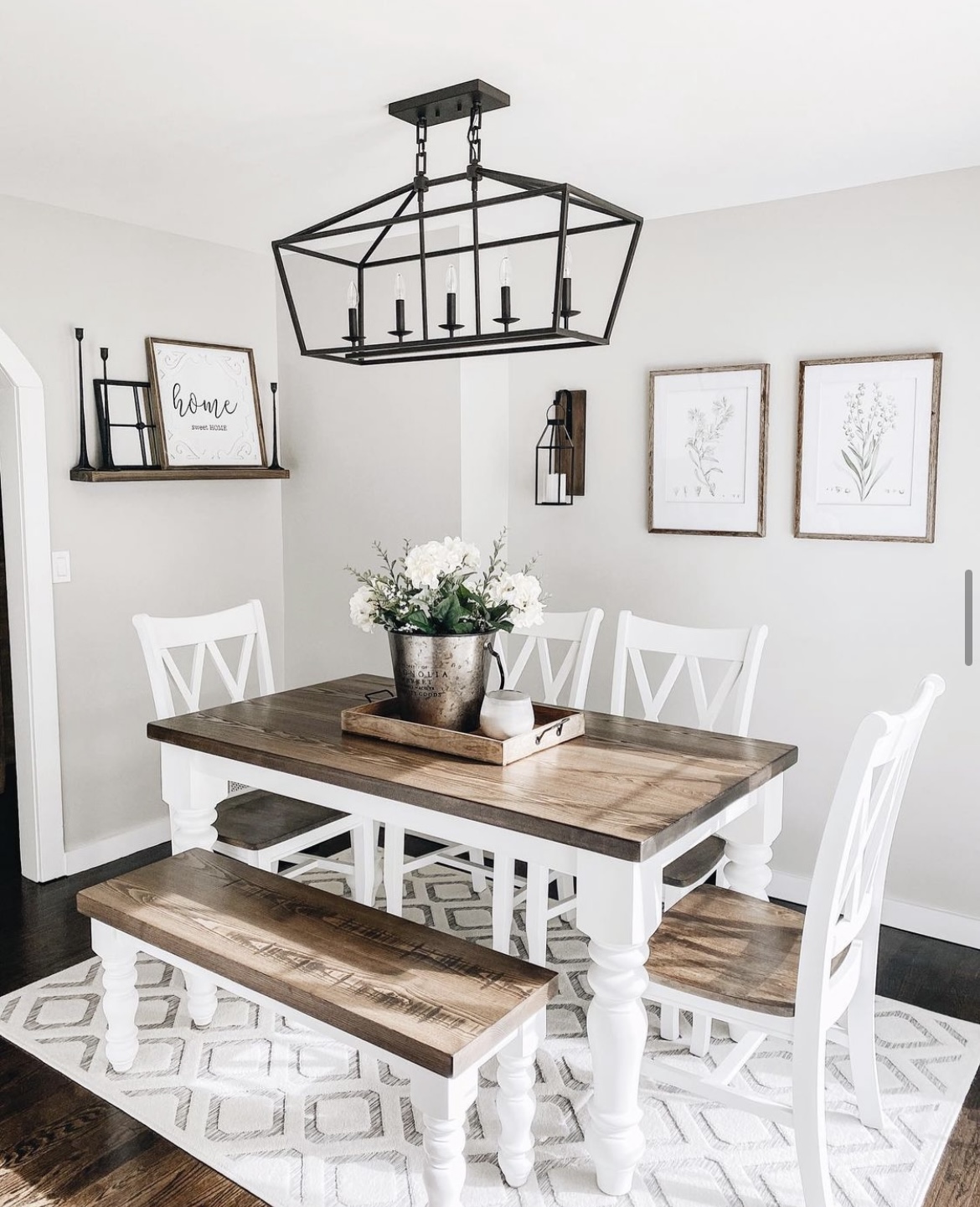From Typical to Modern: Discover the Suitable Eating Space Table Legs for Your Style
While classic layouts such as cabriole and transformed legs stimulate a feeling of timeless sophistication, contemporary designs like barrette and geometric choices offer an opportunity for striking aesthetic passion. As you take into consideration these aspects, the question stays: how can you effortlessly integrate these varied leg styles to develop an unified dining experience?
Comprehending Table Leg Styles
The range of dining-room table leg styles can considerably influence both the aesthetic appeals and capability of the room. Each leg style contributes distinct aesthetic elements and functional features, satisfying diverse layout preferences and use requirements. Comprehending these designs is vital for picking the best table that straightens with your overall interior design vision.
For example, tapered legs provide a tidy, timeless look that can improve an area's sophistication, while stand bases give security and make the most of legroom, making them excellent for smaller areas. Hairpin legs, a hallmark of mid-century contemporary layout, present a commercial flair, enabling an airy, open feeling. Trestle legs stimulate rustic beauty, supplying durable support and a feeling of eternity.
Wooden legs can bring heat and texture, whereas metal choices often convey a sleek, modern ambiance. Eventually, comprehending table leg styles is crucial for producing a cohesive eating area that reflects individual design while ensuring practicality and comfort.
Conventional Table Leg Options
When selecting dining-room table legs, typical alternatives commonly embody ageless elegance and craftsmanship. These styles mirror an abundant heritage and a commitment to quality, making them excellent for those who value timeless visual appeals.
Among the most famous standard leg designs is the cabriole leg, characterized by its graceful curved form. This design usually includes decorative carvings and is most typically located in Queen Anne and Chippendale furnishings. An additional preferred option is the transformed leg, which boasts a collection of smooth, rounded forms that offer a traditional appearance while preserving stability.
In addition, the straight leg, while basic, supplies a unadorned and strong framework that can blend seamlessly with a range of tabletop designs. For those attracted to ornate detailing, claw-and-ball feet legs evoke a sense of splendour and can function as a stunning centerpiece in any type of dining room.
Last but not least, stand bases, although not strictly legs, offer a different typical alternative that enables adequate legroom and can be magnificently sculpted. Each of these typical leg designs contributes to the total atmosphere of a dining space, weding feature with aesthetic charm.

Modern Table Leg Layouts
Modern table leg styles provide a varied series of designs that emphasize clean lines and ingenious products. These styles usually focus on functionality while serving as striking centerpieces within an eating area. Minimalist aesthetic appeals prevail, with legs crafted from materials such as steel, glass, and engineered timber, which add to a modern and ventilated feeling.
One preferred design is the barrette leg, characterized by its slender, tapered structure that provides stability without frustrating the tabletop (dining room table legs). This style is usually discovered in mid-century modern-day furnishings and can effortlessly enhance numerous eating table forms. An additional trend is using geometric shapes, where legs might handle asymmetrical or angular forms, including aesthetic interest and a touch of virtuosity

Mixing Designs for Unique Rooms
Often, home owners look for to create one-of-a-kind eating spaces that show their individual style by blending various design elements. This strategy enables read this article for the incorporation of diverse appearances, causing an unified yet distinct environment. Pairing a rustic wooden table with sleek, contemporary steel legs can create an eye-catching contrast that boosts the space's overall allure.
In addition, integrating vintage table legs with modern tabletops can evoke a sense of background while preserving a modern-day sensibility. Such combinations not just showcase individual taste however also motivate creative thinking, allowing property owners to curate an area that feels both individual and welcoming.
Shade plays an important function in this blending process; selecting table legs that complement or comparison with the existing color design can boost visual interest. For instance, whitewashed legs can soften the boldness of a dark table surface area, producing a well balanced aesthetic.
Tips for Selecting the Right Legs
Selecting the right table legs is crucial for accomplishing both performance and visual allure in your eating space. Begin by thinking about the general style of your area. Standard settings take advantage of legs that feature elaborate makings or transformed designs, while modern areas might call for smooth, minimal designs.
Following, analyze the height and security of the legs. dining room table legs. Common eating tables range between 28 to 30 inches in elevation, so make sure the legs complement this measurement for convenience. In addition, robust products, such as wood or metal, can improve stability and long life
Assess the leg form as well-- options consist discover here of right, tapered, or stand styles. Straight legs supply a traditional appearance, while conical legs can include a touch of style. Pedestal bases supply sufficient legroom and are excellent for smaller sized rooms.
Final Thought
In summary, choosing the excellent dining-room table legs calls for mindful factor to consider of both contemporary and standard styles. Traditional choices such as cabriole and turned legs offer timeless sophistication, while contemporary styles like hairpin and geometric shapes provide a contemporary touch. By balancing leg style, height, and material with the overall decor, a natural and welcoming ambience can be achieved. Inevitably, the selected table check this site out legs ought to show the wanted aesthetic, enhancing the eating experience within the room.
The selection of dining space table leg designs can considerably affect both the aesthetic appeals and performance of the room. Inevitably, comprehending table leg designs is important for developing a natural dining area that mirrors personal style while ensuring usefulness and comfort.One of the most iconic typical leg styles is the cabriole leg, characterized by its elegant bent shape. Straight legs supply a classic appearance, while conical legs can include a touch of sophistication.In summary, choosing the suitable eating room table legs requires mindful consideration of both modern and typical designs.
 Spencer Elden Then & Now!
Spencer Elden Then & Now! Michelle Pfeiffer Then & Now!
Michelle Pfeiffer Then & Now! Keshia Knight Pulliam Then & Now!
Keshia Knight Pulliam Then & Now! Terry Farrell Then & Now!
Terry Farrell Then & Now! Peter Billingsley Then & Now!
Peter Billingsley Then & Now!